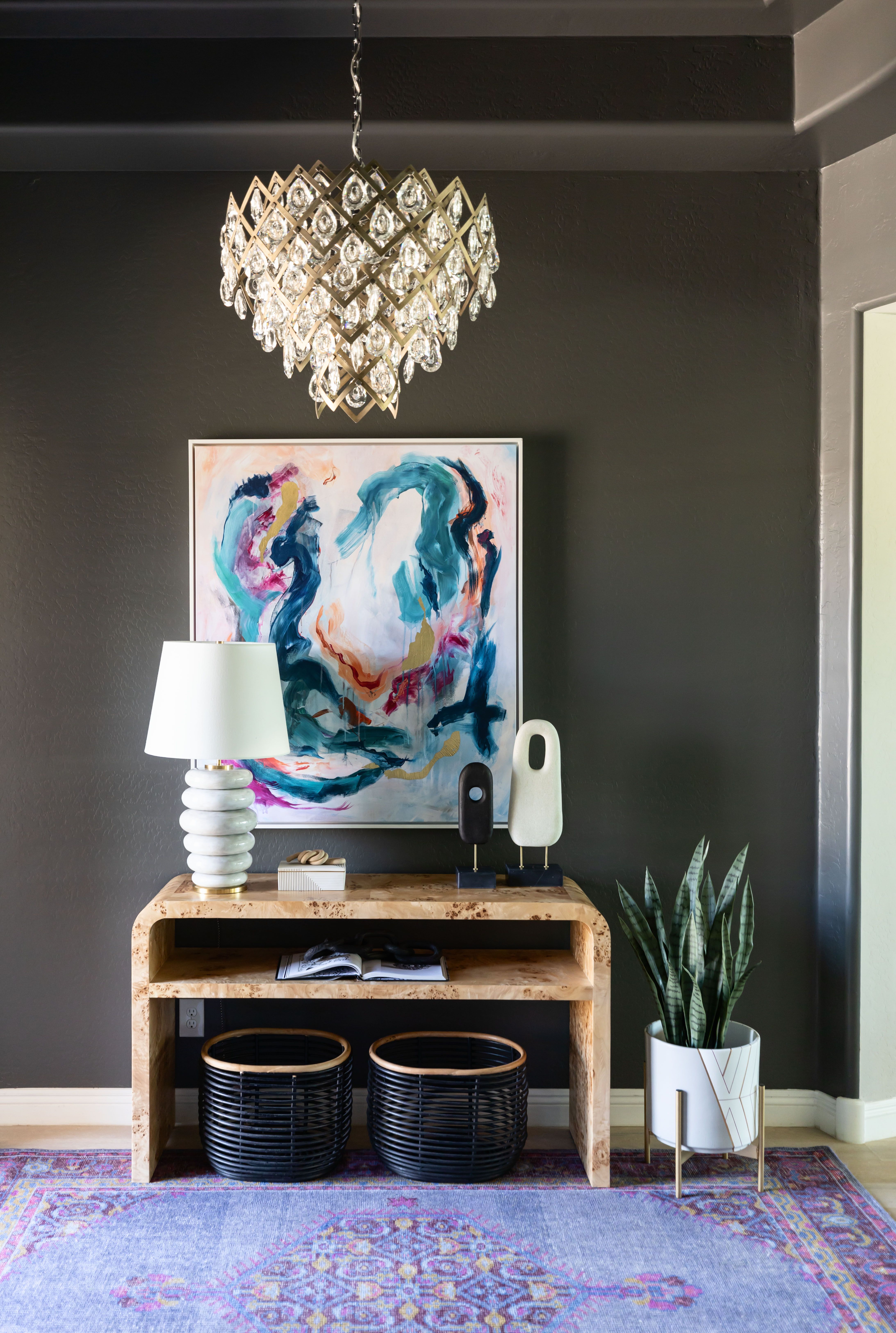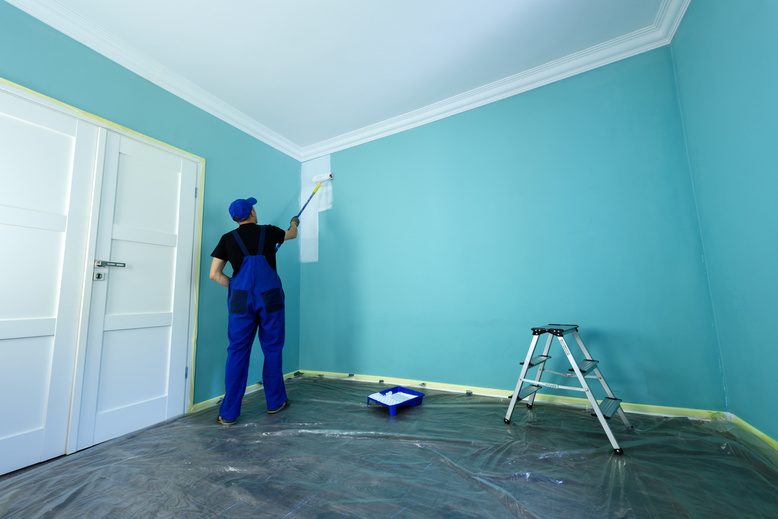Lakewood Interior Painting: Expert Services to Refresh Your Home’s Style
Lakewood Interior Painting: Expert Services to Refresh Your Home’s Style
Blog Article
Enhance Your Interior Layout With Comprehensive Shade Appointment
The integration of color consultation right into indoor style offers a special possibility to refine and elevate the aesthetic and psychological vibration of an area. By involving with a seasoned shade specialist, you can browse the complexities of color option, making certain that your choices not just complement architectural functions but additionally reverberate with personal design and psychological effect. This critical partnership can substantially affect the total atmosphere of your environment, fostering a sense of consistency and purpose. Recognizing the nuances of this procedure is vital-- what vital aspects should be thought about to accomplish optimal results?
Benefits of Color Examination

Furthermore, shade appointment aids in optimizing natural light and optimizing spatial understanding. Lighter colors can make a room show up more large, while darker shades produce an intimate setup. Cleveland Metro Painting Specialists. This tactical application of color can dramatically influence the overall atmosphere of any interior room
Additionally, professional specialists have an extensive understanding of ageless standards and present fads, ensuring that the selected shades will certainly remain attractive with time. This insight can save clients from pricey redesigns in the future. Shade examination equips customers by offering them with a clear vision and instructions, fostering self-confidence in their layout options and inevitably leading to a much more successful and gratifying indoor design end result.
Understanding Shade Psychology
The significance of shade psychology in interior decoration can not be overstated, as it explores the mental and emotional impacts that various hues can evoke in people. Shades can influence state of mind, behavior, and even performance, making them a crucial consideration in any kind of style job.
As an example, warm colors such as red, orange, and yellow are commonly linked with power and warmth. They can promote feelings of exhilaration and comfort, making them suitable for social areas like living rooms or kitchen areas. On the other hand, trendy colors like blue, green, and purple often tend to evoke calmness and harmony, making them perfect for bed rooms or reflection areas.
Additionally, using neutral tones can produce a well balanced environment by allowing the bolder shades to stand apart without frustrating the senses. Recognizing these mental effects enables developers to create areas that not just look visually pleasing however likewise promote psychological wellness.
Including shade psychology into indoor style entails a thoughtful choice of colors tailored to the intended feature of each room, inevitably enhancing the total experience for its residents. This recognition is crucial for attaining a unified and functional indoor atmosphere.
The Shade Wheel Discussed
Recognizing the connections in between shades is essential for efficient interior decoration, and the color wheel functions as a beneficial device in this process. The shade wheel, developed by Isaac Newton in the 17th century, illustrates the spectrum of shades set up in a circular layout. It consists of key shades-- red, blue, and yellow-- that can not be developed by mixing other colors. Additional shades, formed by incorporating key shades, include environment-friendly, orange, and purple. Tertiary colors arise from blending a main and an additional color, bring about tones such as blue and red-orange.
The color wheel assists designers realize the partnerships between colors, including corresponding, comparable, and triadic plans. Corresponding shades, located contrary each other on the wheel, develop dynamic contrasts that can energize a room. Similar colors, situated alongside one an additional, give a cohesive and unified look. Triadic systems use three evenly spaced shades, offering balance and aesthetic rate of interest.
Utilizing the color Cleveland Metro Painting Specialists wheel in interior style not only boosts aesthetic charm but likewise stimulates specific feelings and ambiences, making it an important referral for shade assessment. Understanding these connections inevitably encourages designers to develop rooms that are both functional and visually fascinating.
Choosing the Right Palette
A well-chosen shade imp source system can unify a space, improve its features, and evoke desired emotions. Different areas offer diverse features and require schemes that show their intended use; for circumstances, peaceful shades such as soft blues or eco-friendlies function well in rooms, promoting leisure.
Light can significantly alter exactly how shades appear, so it is vital to analyze the space at different times of the day. An unified scheme needs to complement these features, producing a cohesive look throughout the room.
When picking shades, make use of the 60-30-10 guideline, which recommends that 60% of the area need to be a leading shade, 30% an additional color, and 10% an accent color. This proportion makes sure equilibrium and aesthetic passion (Cleveland Metro Painting Specialists). Ultimately, sample shades on the wall surfaces prior to committing, as this enables you to see how the tones interact with one another and the total atmosphere they create in your indoor style project.
Collaborating With a Shade Professional

When dealing with a color professional, the process commonly starts with a first examination. During this meeting, you'll discuss your vision, preferences, and the existing elements in your area. The specialist will analyze your demands and might suggest particular shade combinations that line up with your objectives.
After developing an instructions, the professional will give samples and aesthetic help to help you envision the suggested shade systems. This action is critical, as shades can appear in a different way under differing illumination problems.
Furthermore, a color expert can guide you in selecting complementary furnishings, art work, and devices to balance with your picked palette. By teaming up very closely, you can important site attain a refined aesthetic that raises your insides and develops a welcoming environment. Inevitably, the competence of a shade specialist can substantially enhance the general influence of your design project.
Verdict
In recap, thorough shade consultation works as a vital device for enhancing interior decoration. By leveraging expert understanding of shade psychology and spatial characteristics, a tailored color combination can be established to evoke certain emotions and produce a harmonious atmosphere. This critical method not just fosters a cohesive layout narrative but likewise alleviates the risk of expensive redesigns. Inevitably, involving with a shade professional makes certain an educated and cosmetically pleasing outcome, raising the general experience of the area.
By engaging with a seasoned color expert, you can browse the intricacies of color selection, ensuring that your options not only enhance architectural functions but additionally reverberate with individual style and emotional impact. It consists of main shades-- red, blue, and yellow-- that can not be developed by blending various other colors.The shade wheel assists developers understand the connections in between shades, consisting of corresponding, similar, and triadic systems.When selecting colors, utilize the 60-30-10 regulation, which suggests that 60% of the room ought to be a dominant shade, 30% a second shade, and 10% an accent color. By leveraging professional understanding of color psychology and spatial characteristics, a tailored shade palette can be established to evoke particular emotions and create an unified environment.
Report this page